Squat Smarter: How Changing Your Loading Patterns Builds Longevity (and Lowers Injury Risk)
Andrew Williams • August 18, 2025
Why Loading Variety Helps You Lift Longer
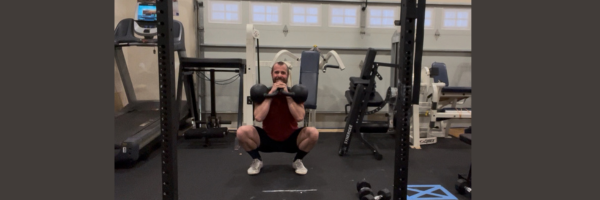
1) Shares the workload across tissues
Front rack vs. back rack vs. unilateral loading each bias different muscles and joints. Rotating patterns spreads training stress so one area doesn’t take the same hit week after week—key for reducing overuse issues.
2) Builds multiple “movement solutions”
Your body learns to squat well under different constraints. That improves motor control and robustness—if one pattern feels cranky, you have other strong, practiced options.
3) Balances strength around the joints
Different placements shift the torque at the hips, knees, and spine. Over time, you develop strength through a wider range of angles and postures, which supports long-term joint health.
4) Gives you autoregulation tools
Feeling beat up? Swap to a friendlier pattern (e.g., goblet or safety-bar) and keep training quality high without grinding.
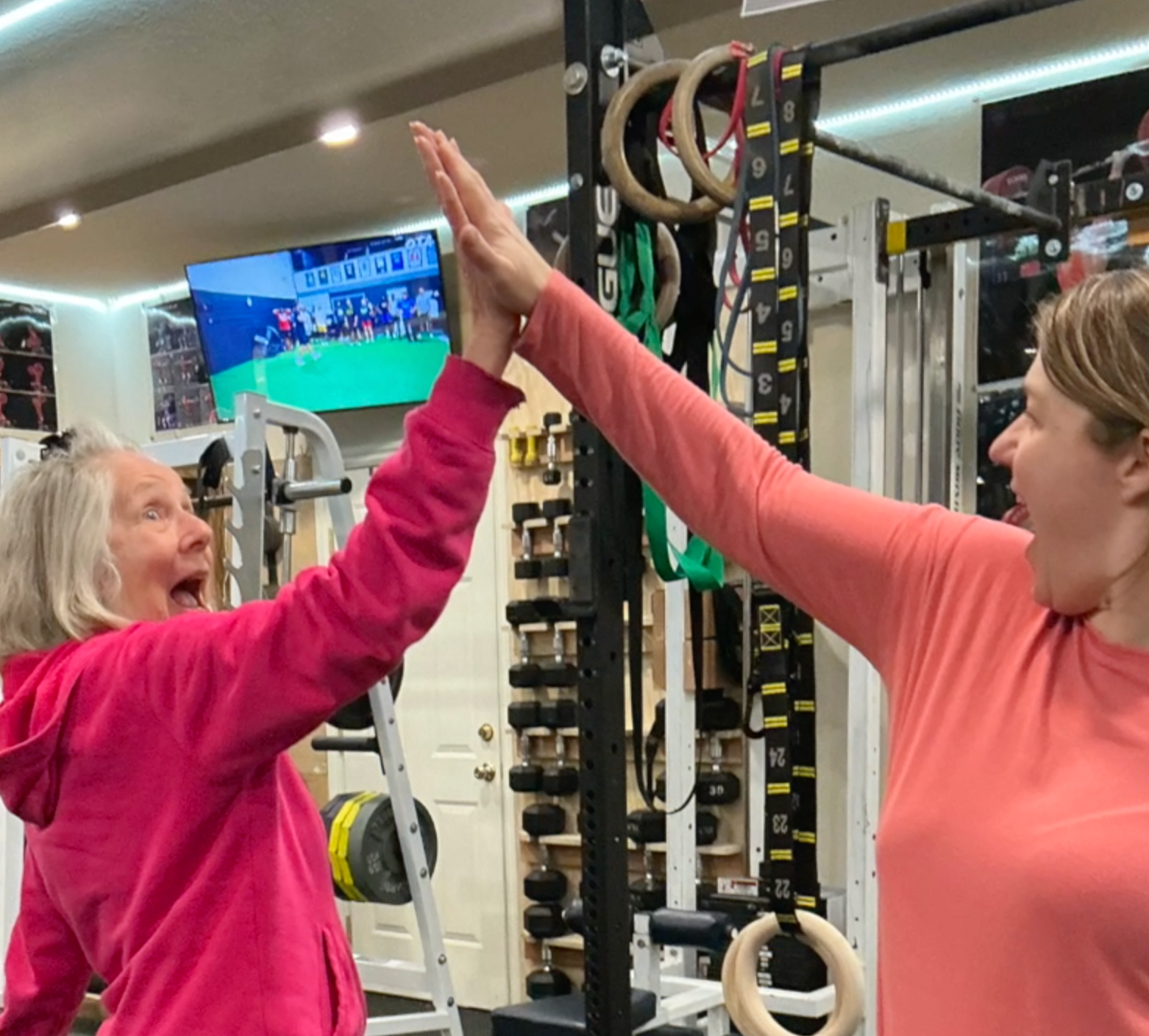
Carol and Sarah have been training at Strength and Positions for a couple of months, each on their own schedule. Carol is Sarah’s mom, and they had always wanted to work out together, but with busy lives it was tough to find a time that worked for both of them. Recently, we found a consistent training slot they could share — and there’s been no looking back. Their consistency is at an all-time high. Motivation is higher. Progress is clear. They feed off each other during every session, matching each other’s effort and pushing one another to work harder and stay focused. With similar goals and a shared commitment, having a training partner — especially someone close, like a friend or family member — can significantly elevate the productivity and enjoyment of your workouts. You show up more, stay more accountable, and push further than you would alone. Carol and Sarah are a great example of how powerful a training partnership can be when you find the right fit and commit to showing up together.
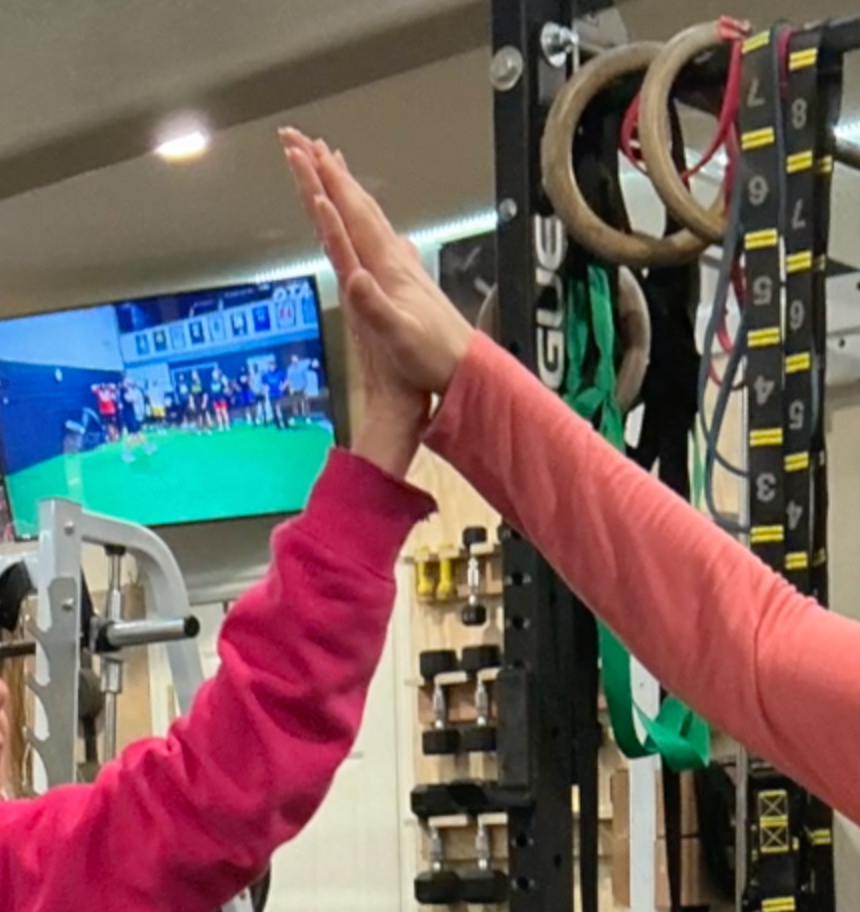
Working out with a partner can be one of the biggest performance boosters you’ll ever add to your routine. It’s not just about having company. It’s about building momentum, staying accountable, and pushing yourself further than you would alone. A solid training partner helps you show up on the days you wouldn’t. They keep you on track, stay consistent with you, and match your effort. When you know someone else is counting on you, you’re far less likely to skip, cut reps, or coast through a workout. Training with a partner also brings out a different level of intensity. You lift a little heavier. You move a little faster. You stay locked in. You challenge each other, feed off each other's energy, and sharpen your technique by watching and learning in real time. And the best part is this: progress becomes more fun. Hard sessions feel lighter. Wins feel bigger. Consistency becomes easier. If you’re struggling with motivation, hit a plateau, or just want to level up your training, find a partner who shows up the way you do. The right person doesn’t just help you train better—they help you stay better.
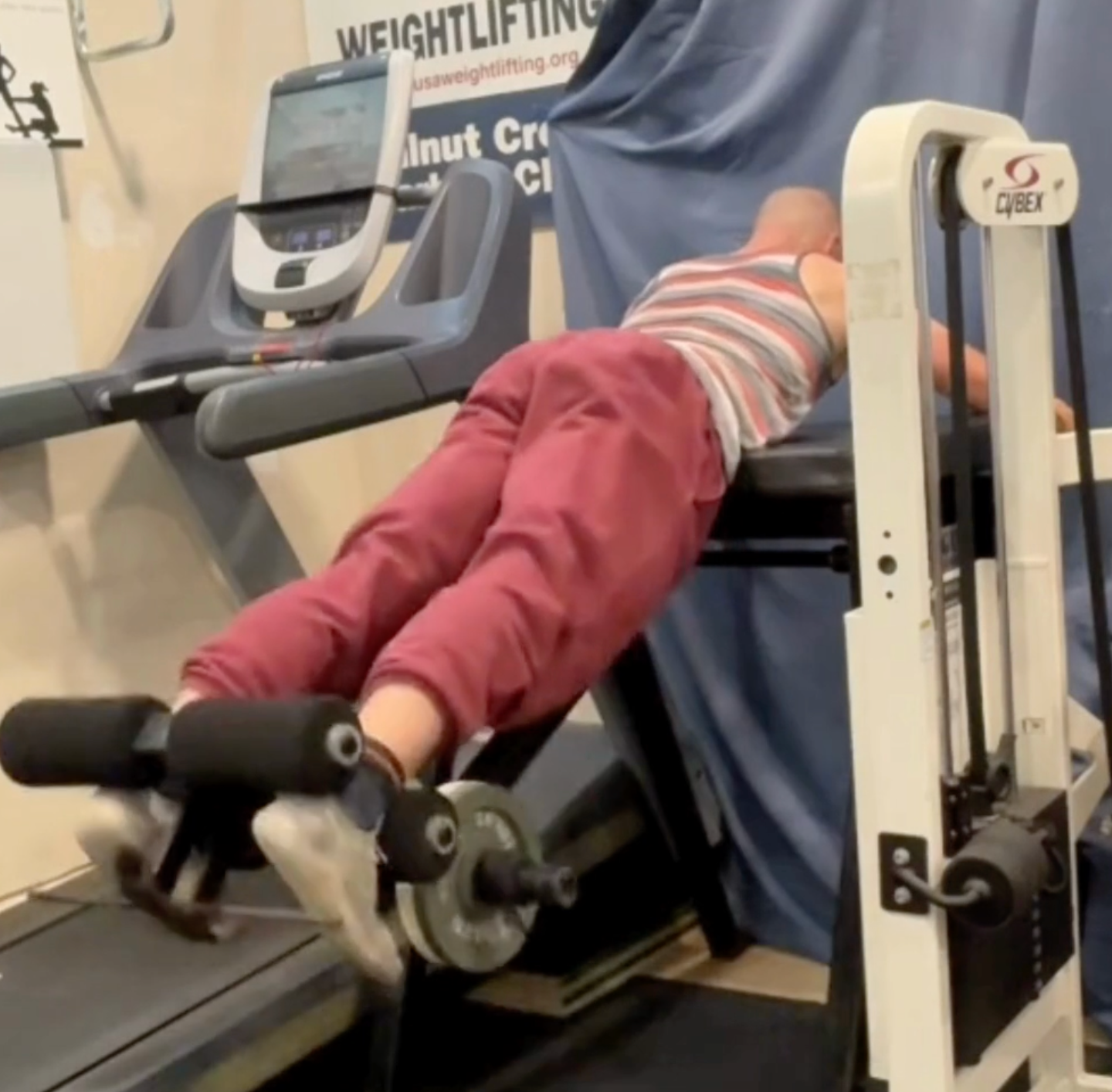
Why a Deload Week Is Essential for Strength Training Strength training is all about pushing your body to adapt, grow stronger, and handle progressively heavier loads. But growth doesn’t come just from lifting—it also comes from recovery and adaptation. This is where a deload week becomes critical. What Is a Deload Week? A deload week is a planned period, typically lasting 5–7 days, where you intentionally reduce the intensity, volume, or frequency of your workouts. It’s not a break from training—it’s a strategic taper designed to let your body recover while maintaining movement patterns, neural efficiency, and strength. Why You Need a Deload 1. Recovery for Muscles and Joints Heavy strength training places significant stress on muscles, tendons, ligaments, and joints. Over time, this accumulates, leading to fatigue, soreness, and even risk of injury. Deloading allows tissues to repair and adapt, reducing wear and tear while keeping you healthy long-term. 2. Neurological Reset Strength is not only about muscle size—it’s also about the nervous system’s ability to recruit muscle fibers efficiently. Heavy lifting over consecutive weeks can tax your nervous system, leading to slower lifts, poor coordination, or stalled progress. A deload week gives your nervous system a chance to reset, so when you return to heavy loads, your performance can spike. 3. Hormonal Balance Intense training over time can lead to elevated stress hormones like cortisol. A deload week reduces training stress, helping restore hormonal balance, support recovery, and improve sleep and energy. 4. Mental Reset Training consistently at high intensity can be mentally exhausting. Deloads provide a psychological break, reducing burnout and improving focus and motivation for the next training cycle. 5. Plateau Prevention If you lift heavy week after week without adequate recovery, your body can hit a plateau where gains stagnate. Strategic deloads prevent overtraining and allow supercompensation, meaning your body adapts and becomes stronger after recovery. How to Deload Effectively There are several approaches, depending on your goals: Reduce Load (Intensity) Lower the weight to 50–70% of your normal working sets while keeping the same reps and sets. This maintains movement patterns without overloading tissues. Reduce Volume Keep the same weight but cut down on sets, reps, or exercises. For example, if you usually do 4 sets of squats, do 2–3 sets instead. Reduce Frequency Keep the intensity and volume the same per session but train fewer days that week. Combination Approach Mix lower intensity, reduced volume, and fewer sessions for a more comprehensive recovery. Signs You Might Need a Deload Persistent soreness that doesn’t improve Stalled or declining performance Trouble sleeping or feeling unusually fatigued Irritability or lack of motivation to train Even if you don’t feel “burned out,” a scheduled deload every 4–8 weeks can enhance long-term progress. The Takeaway Deload weeks are not a sign of weakness—they are a strategic tool to maximize strength gains, prevent injury, and support long-term consistency. By planning recovery as intentionally as your heavy lifting, you ensure your body is primed to handle heavier loads, move better, and keep progressing for months and years to come. Strength isn’t built in the gym alone—it’s built in the balance between effort and recovery. A deload week helps you get that balance right.
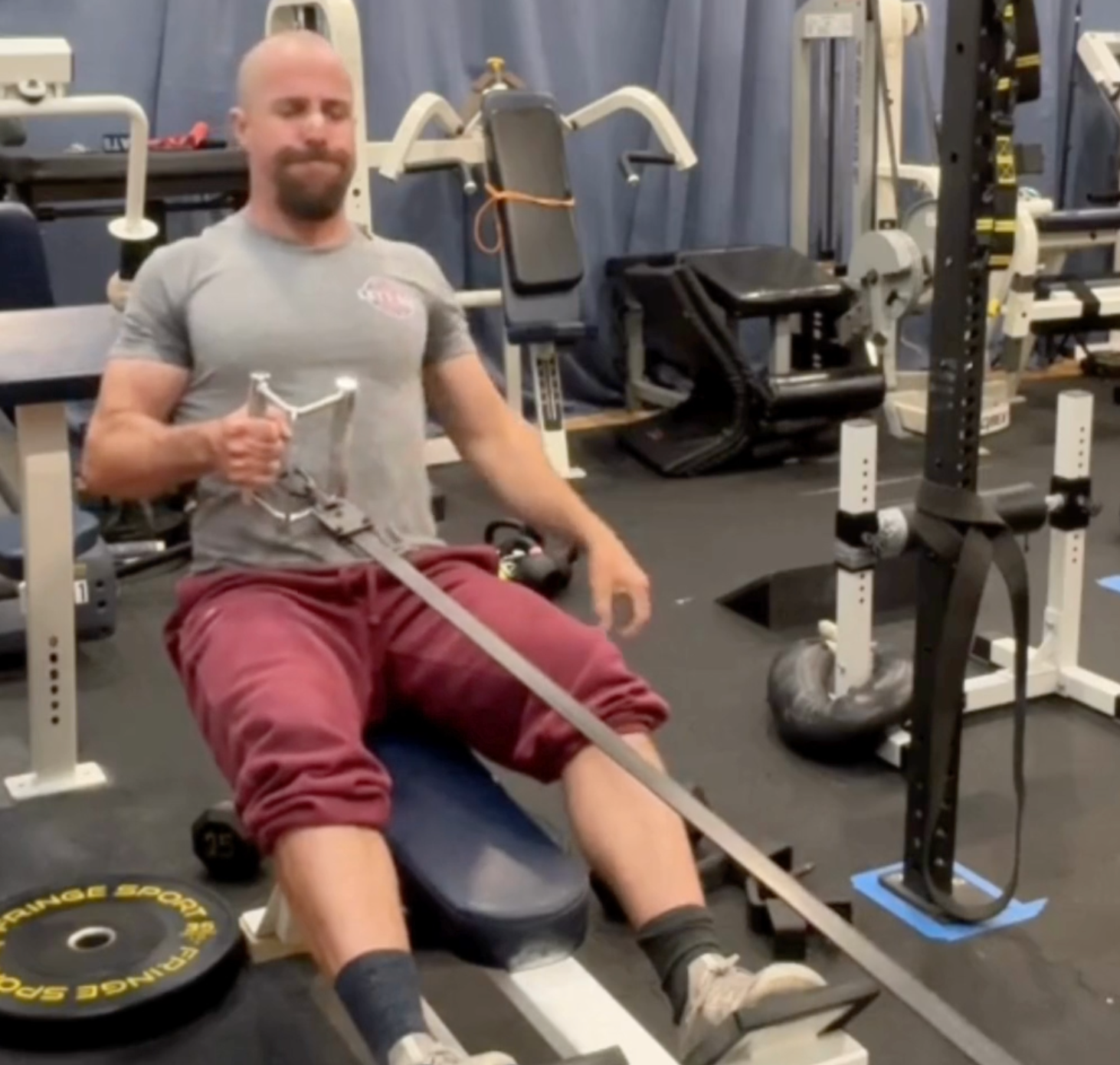
The 2-in, 1-out cable row is a simple variation that delivers a surprisingly powerful training effect. By pulling the weight with both arms and returning it with one, you create a built-in eccentric overload that strengthens the muscles of the upper and mid-back while improving control and stability. It is easy to set up, safe to perform, and highly effective for building strength and muscle without needing new equipment or complicated programming. What Makes This Variation Effective The real value comes from the eccentric phase, where muscles are capable of handling more load than during the concentric. Traditional rowing limits your total training stimulus because the load is capped by what you can pull with one arm or two arms together. In the 2-in, 1-out row, you use two arms to initiate the pull, allowing you to select a heavier weight than normal. Then you return the weight with only one arm, placing that side under a greater eccentric demand. This increased time under tension contributes to greater hypertrophy and improved structural strength across the lats, rhomboids, traps, and rear delts. Key Benefits 1. Eccentric Overload for More Muscle and Strength The single-arm return forces the back muscles to work harder under a slower, controlled negative. Over time, this builds a stronger and denser upper back. 2. Improved Anti-Rotation Strength Controlling the cable with only one arm on the way back challenges the core, obliques, and deep spinal stabilizers. It reinforces your ability to resist rotation, which is important for athletes and anyone performing compound lifts. 3. Better Positional Control Because the eccentric has to be deliberate and steady, the movement encourages technical precision. Every rep forces you to stay tight, maintain posture, and build awareness of how the shoulder blade should move. 4. Higher Quality Stimulus Without Excess Volume You get more return out of each rep compared to a traditional two-arm row. This makes it a great option for lifters who want more back training without stacking unnecessary sets and reps. 5. Versatility in Strength or Accessory Work This movement can serve as a primary strength builder on upper-body days or as a high-value accessory to support bigger lifts like deadlifts, pull-ups, and barbell rows. It also integrates easily into supersets or contrast work. How to Use It in Your Training Start by choosing a weight that feels challenging to pull with two arms while still allowing strict single-arm control on the return. Pull with both arms, then let go with one and guide the handle back over two to three seconds. Switch sides each rep or each set depending on your programming preference. Performing this movement for 6–10 reps per side hits a sweet spot for strength and hypertrophy without forcing sloppy technique. Final Thoughts The 2-in, 1-out cable row is a simple upgrade to a standard rowing pattern that produces significant improvements in strength, stability, and upper-back development. It delivers a high-quality eccentric stimulus with minimal setup and fits seamlessly into almost any program.
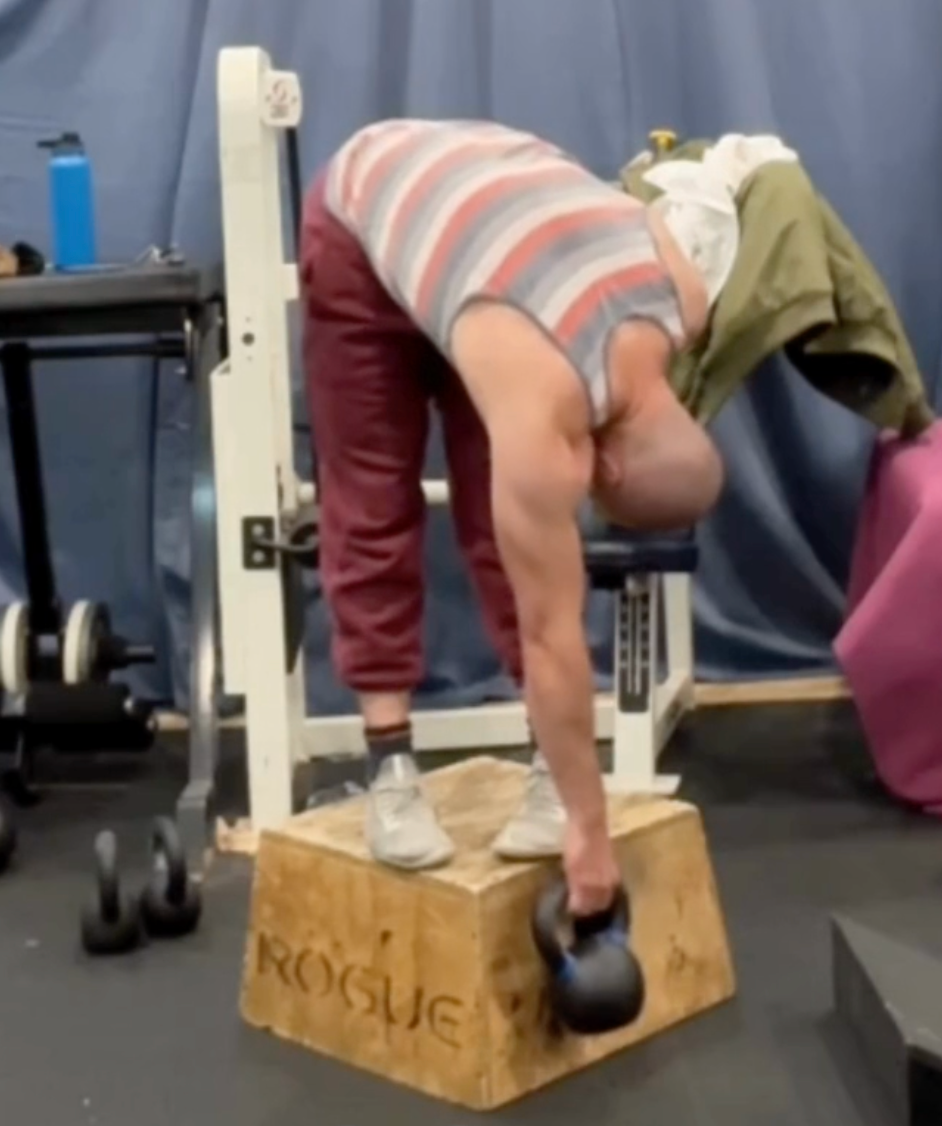
The J-curl is one of the most valuable exercises for developing segmental spinal flexion, trunk control, and posterior chain strength. It teaches the body how to move the spine one segment at a time while staying under tension, which is something most traditional core movements fail to address. Adding a single-arm load elevates the challenge and offers benefits that the bilateral version cannot provide. Below are the key advantages and why this variation deserves a place in your training. 1. Unilateral Loading Improves True Trunk Control Holding the load in only one hand immediately introduces rotational forces. Your body will naturally want to twist toward the loaded side as you roll down and back up. The task becomes maintaining a straight, controlled line through the spine while resisting this rotation. This forces the obliques, deep abdominal muscles, and spinal stabilizers to work much harder to maintain alignment. The result is improved trunk integrity and a stronger foundation for both lifting and athletic movement. 2. It Reveals and Corrects Left-to-Right Imbalances Most people have subtle compensations or movement habits they don’t notice. A single-arm loaded J-curl makes them obvious. You may find yourself shifting weight, rotating slightly, or struggling more on one side than the other. By exposing these asymmetries, the movement gives you feedback you can use to correct them. Over time, this leads to better symmetry, more efficient mechanics, and lower injury risk. 3. Better Integration of the Shoulder, Lat, and Ribcage With the weight held in one hand, the shoulder on that side must stay long, packed, and stable while the lat stays engaged to control the descent. This creates a full-chain connection from the arm through the ribcage and into the core. This integration has strong carryover to pulling movements, overhead strength, and any task that requires the upper body and trunk to work together. 4. Enhances Segmental Spinal Flexion Quality Because the asymmetrical load subtly pulls the body off-center, the movement must be performed slower and with more attention. You cannot rush the reps or collapse through the spine. This often leads to: Better articulation through each spinal segment More control through the mid and lower back Cleaner sequencing from ribs to pelvis The end result is stronger, more coordinated spinal flexion. 5. Improved Posterior Chain Strength and Awareness Controlling the spine on the way down and up forces the hamstrings, glutes, and lower back to work in a smooth, coordinated manner. When combined with the single-arm load, the posterior chain must stabilize not just vertically, but rotationally as well. This builds a more adaptable, resilient back. Conclusion The single-arm loaded J-curl is a simple but highly effective progression that develops trunk control, exposes asymmetries, and enhances spine mechanics. If you are looking to build a stronger core, healthier movement patterns, and more integrated strength from head to toe, this variation is worth adding into your training rotation.
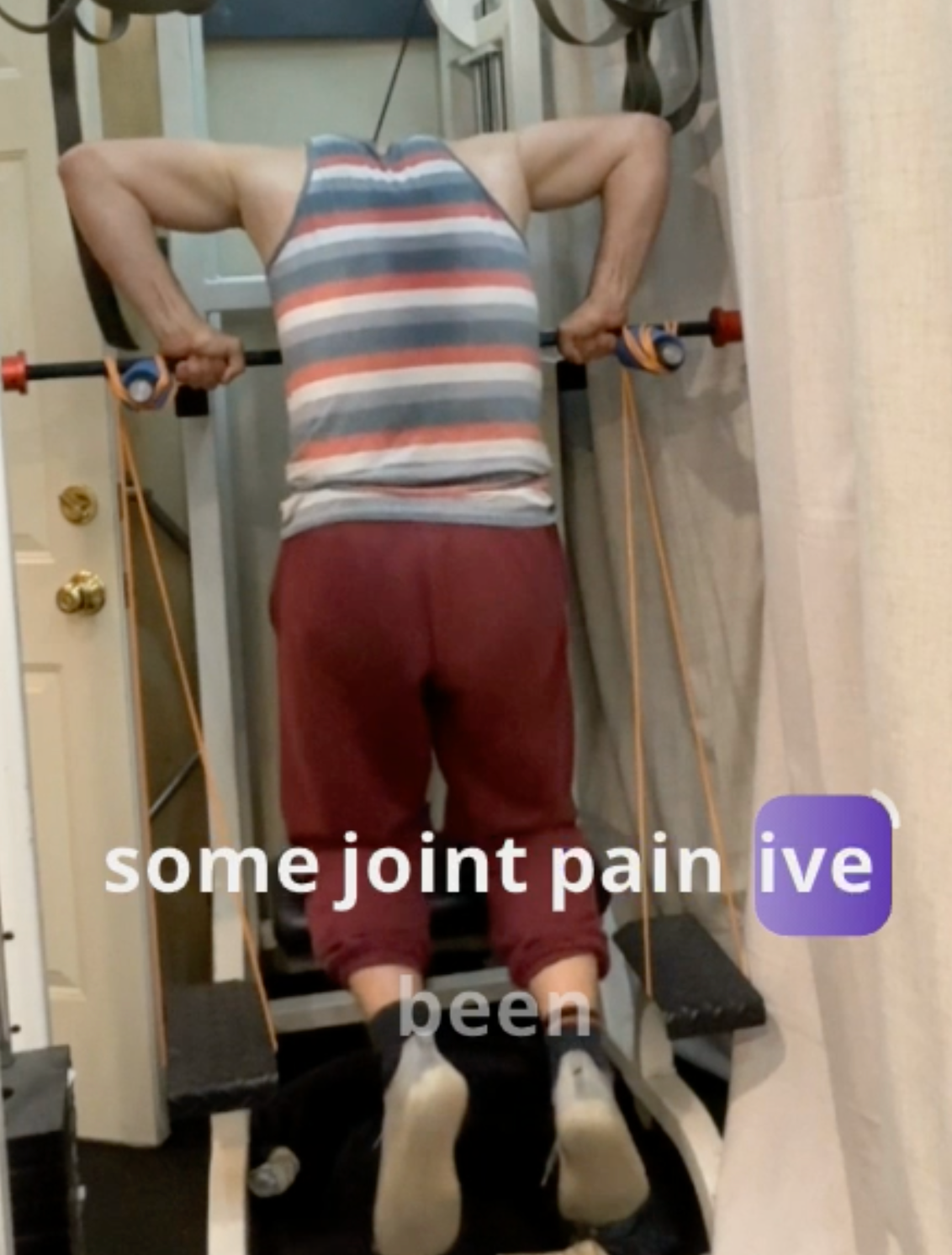
Most lifters rely almost exclusively on parallel-bar dips, but straight-bar dips offer a unique opportunity to expose the shoulders to new angles and build strength in ranges that are often neglected. Training on a straight bar changes the mechanics just enough to challenge stabilizing muscles, connective tissues, and overall upper-body coordination in ways that parallel bars cannot. New Angles Create New Strength Because the hands are fixed on a single bar in front of the body, straight-bar dips place the shoulders in a slightly different line of pull. This altered angle forces the body to stabilize through the chest, delts, triceps, lats, and even the core in a more integrated way. When the body is forced to adapt to a new mechanical challenge, it recruits muscle fibers and motor patterns that traditional dips may miss. Better Carryover to Real Movement Straight-bar dips more closely mimic the leaning, forward-pressing positions found in sports and daily life. Whether you are pushing, climbing, or transitioning through athletic movements, this variation builds strength that transfers beyond the gym. The movement develops the ability to generate force through a more dynamic angle, which is a valuable addition to any strength program. Increased Upper-Body Loading Because of the forward lean and the single-line grip, you can load the upper body more effectively. Straight-bar dips require more control, greater shoulder stability, and higher tension throughout the entire system. The result is a deeper, more comprehensive stimulus for the chest, shoulders, triceps, and supporting musculature. Building Tendon and Connective Tissue Resilience The unique angle and loading pattern of straight-bar dips strengthen the connective tissue around the shoulders and elbows. Over time, this leads to improved durability, better joint tolerance, and increased capacity for pressing variations. This is especially valuable for athletes or anyone who wants long-term, robust upper-body strength. Conclusion Straight-bar dips are an underused but highly valuable exercise that exposes the shoulder joint and upper body to new and important angles. Incorporating them into your training can help develop strength, stability, and movement capacity that traditional dips alone may not provide. Start with slow eccentrics and controlled reps, then build volume and intensity as your technique improves.
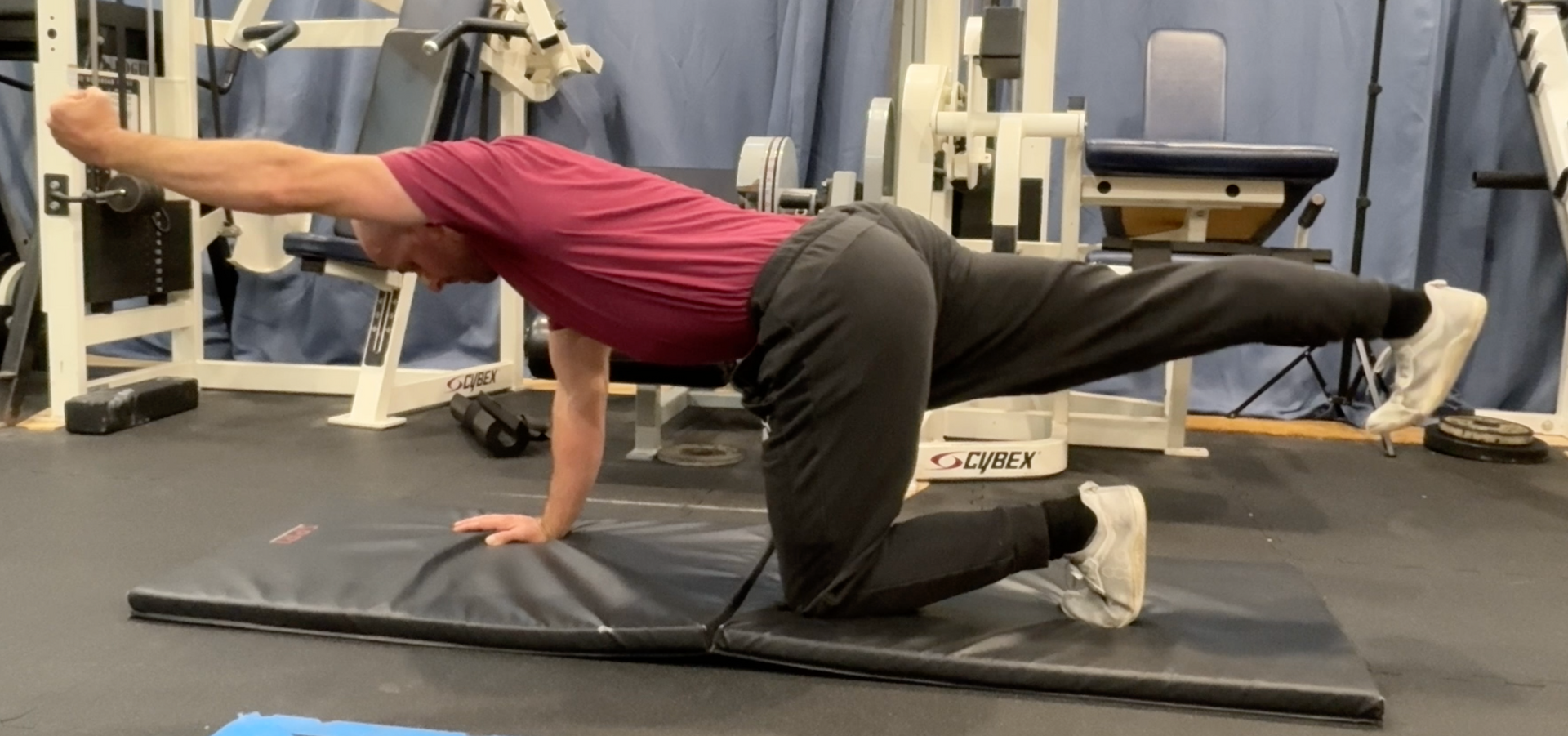
A strong, resilient core isn’t just about visible abs—it’s about spinal stability, injury prevention, and effective force transfer through your body. Dr. Stuart McGill, a world-renowned spine researcher, developed the “Big 3” exercises to target exactly that: the muscles that stabilize your spine, protect your discs, and allow you to move powerfully and safely. What Are the McGill Big 3? The Big 3 consists of three exercises designed to build core endurance and spinal stability without putting your back at risk: The Curl-Up – Strengthens the abdominal wall while keeping the spine neutral. The Side Plank – Targets the obliques and quadratus lumborum, muscles that prevent lateral collapse and stabilize the spine. The Bird-Dog – Trains deep spinal stabilizers like the multifidus, helping your back resist unwanted rotation or extension under load. Why They’re So Valuable Protect Your Spine: Unlike traditional sit-ups or crunches, the Big 3 build strength while maintaining a neutral spine, reducing stress on discs and vertebrae. Build True Core Endurance: These exercises teach your abdominals and back muscles to brace continuously, improving stability in every movement—from lifting weights to bending, twisting, or running. Support Functional Movement: A strong, braced core enhances performance in the gym and in daily life. You can move, lift, and rotate with confidence. Target Often-Neglected Muscles: Many people overtrain superficial abs but ignore deep stabilizers like the transverse abdominis and multifidus—key muscles for long-term back health. How to Use the Big 3 Perform them 3–5 times per week as part of your warm-up or core routine. Focus on quality over quantity: slow, controlled movements with proper bracing. Use them as a foundation for heavier lifting or dynamic training; a strong core protects your back and improves force transfer. The Takeaway The McGill Big 3 are simple, evidence-based exercises that build core strength, stability, and spinal resilience. They’re not flashy, but they’re powerful—especially for anyone looking to prevent back pain, improve posture, or enhance performance. Strong abs aren’t just about aesthetics—they’re the key to a healthy, functional spine.
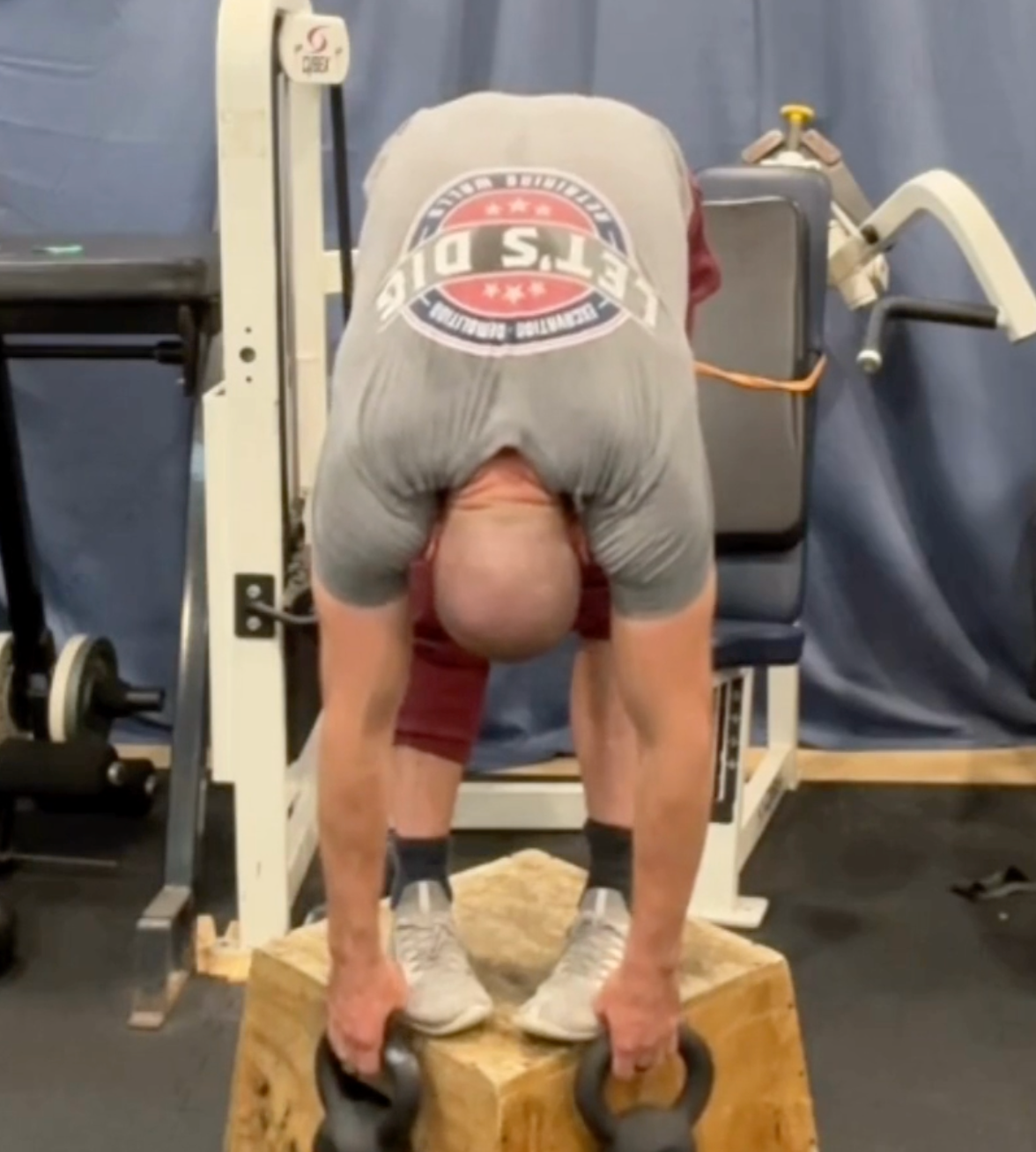
If you’re looking for a movement that combines posterior chain lengthening with targeted spinal strengthening, the Jefferson Curl should be on your radar. This deceptively simple-looking exercise is far more than a hamstring stretch—it’s a tool to build a resilient, adaptable spine while strengthening the smaller, often neglected muscles of your back. Why Jefferson Curls Matter Most posterior chain exercises—deadlifts, RDLs, glute bridges—focus on shortening the muscles under load. Jefferson Curls do the opposite: they load your posterior chain in a lengthened position. This emphasizes not just the hamstrings and glutes but also the erector spinae, multifidus, and other stabilizing muscles that support your spine through flexion and extension. Strengthening these smaller muscles can improve posture, reduce injury risk, and enhance athletic performance. The Key: Slow, Controlled Loading The real value of Jefferson Curls comes when you approach them thoughtfully. Moving vertebra by vertebra in a slow, controlled manner ensures that each segment of your spine is engaged and strengthened. This teaches your nervous system that flexion under load is safe, helping your body tolerate lengthened positions without stress or strain. Speed and heavy weights defeat the purpose—control and precision are everything. Programming Tips Start light: Even a light dumbbell or kettlebell is enough to teach proper movement. Focus on form: Maintain a slow tempo, curling and extending one vertebra at a time. Respect range of motion: Only go as far as your body allows comfortably. Overstretching defeats the goal of safe loading. Frequency: Include Jefferson Curls 1–2 times per week to complement other posterior chain work. The Takeaway Jefferson Curls are a unique tool in any strength or mobility program. They strengthen the posterior chain while teaching your spine to move safely under load, targeting muscles often overlooked in traditional lifts. Approach them with care, focus on control, and you’ll build a stronger, more resilient back—one vertebra at a time.
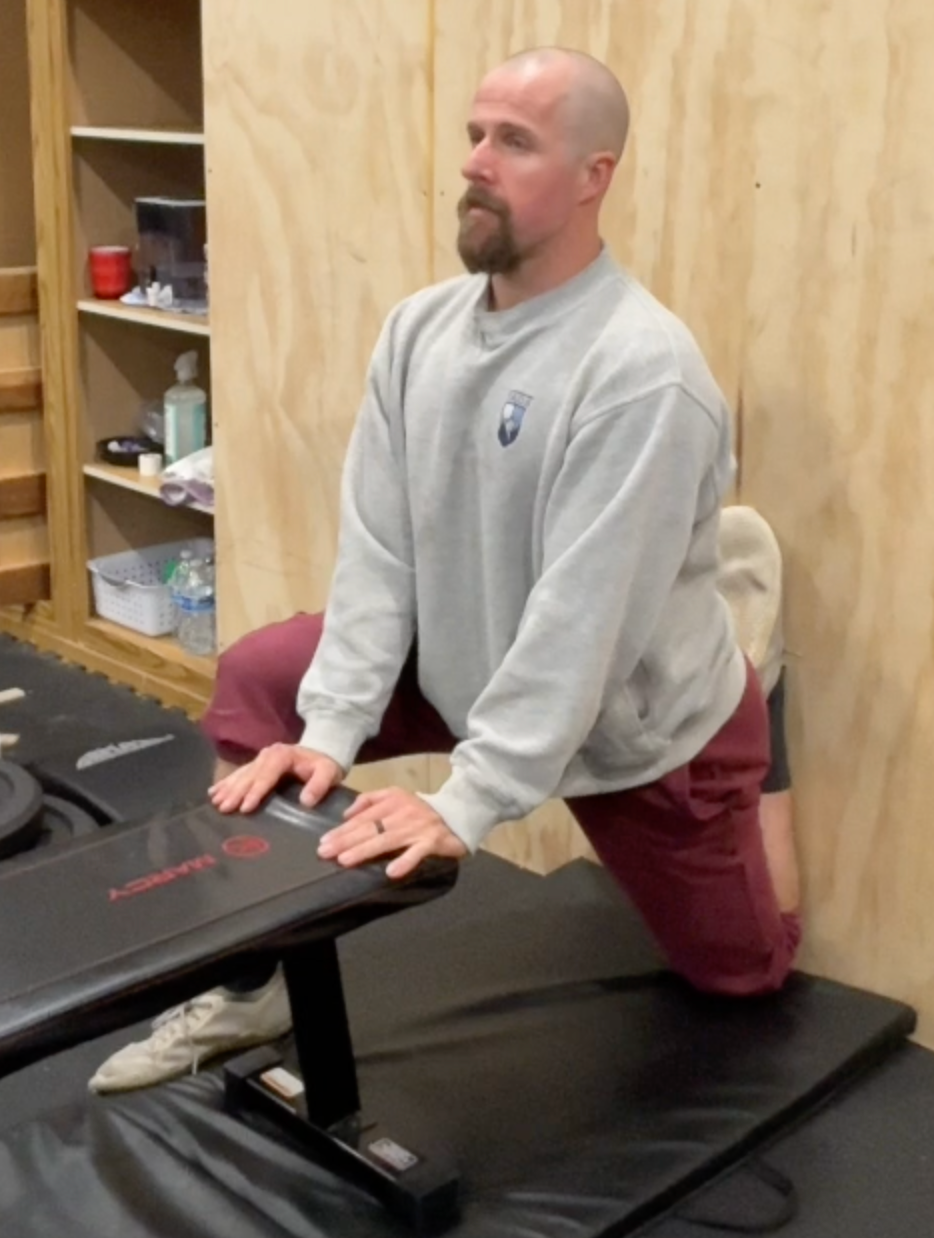
Tight quads, stiff hips, and shortened hip flexors are some of the most common mobility issues we see in everyday life. Whether you’re sitting at a desk all day, running, or lifting weights, these areas often get neglected — and that can affect movement quality, performance, and even joint health. Enter the Couch Stretch, a deceptively simple but incredibly effective mobility drill. What Is the Couch Stretch? The Couch Stretch is a deep, loaded stretch that targets the quadriceps and hip flexors while also affecting knee and ankle alignment. Unlike a basic quad stretch, the Couch Stretch places the hip in a position of extension while keeping the knee behind the body, giving a more intense and functional stretch. Why It Matters Deep Quad & Hip Flexor Stretch Sitting or training with limited hip extension can shorten the front of the hip and thigh. The Couch Stretch lengthens these muscles, helping restore full range of motion — crucial for squats, lunges, deadlifts, and running mechanics. Improved Knee Tracking By opening up the quads and hip flexors, the stretch can help the knee track properly during movements. This reduces stress on the joint and helps prevent overuse injuries. Enhanced Posture Tight hip flexors contribute to anterior pelvic tilt and rounded posture. The Couch Stretch counteracts this by lengthening the front of the hip, allowing the pelvis to sit in a more neutral position and supporting better posture throughout the day. Joint Health and Injury Prevention Tissues that are tight or imbalanced can lead to compensations in movement patterns. Regular Couch Stretch practice helps reduce tension in the hips and quads, decreasing the likelihood of hip, knee, or lower back injuries. How to Perform the Couch Stretch Place one knee on the ground with the foot resting on a wall, bench, or other elevated surface behind you. Step the other foot forward into a comfortable lunge position. Keep your core engaged and chest upright, avoiding arching the lower back excessively. Hold the position for 30–60 seconds, focusing on gradually deepening the stretch as flexibility improves. Repeat on the other side. Tips for Maximum Benefit Warm up lightly before stretching to improve tissue elasticity. Avoid forcing the stretch; focus on control and alignment. Breathe deeply and consistently to allow muscles to relax into the stretch. Incorporate the stretch consistently — even a few minutes daily can produce meaningful improvements over time. The Takeaway The Couch Stretch is more than just a quad stretch — it’s a full lower-body mobility tool. By opening up the hip flexors, quads, and knee joint, it improves movement quality, reduces injury risk, and enhances performance in both athletic and everyday activities. A few minutes of consistent practice can make a noticeable difference in your hips, knees, and posture — proving that sometimes small, targeted movements have a big impact.
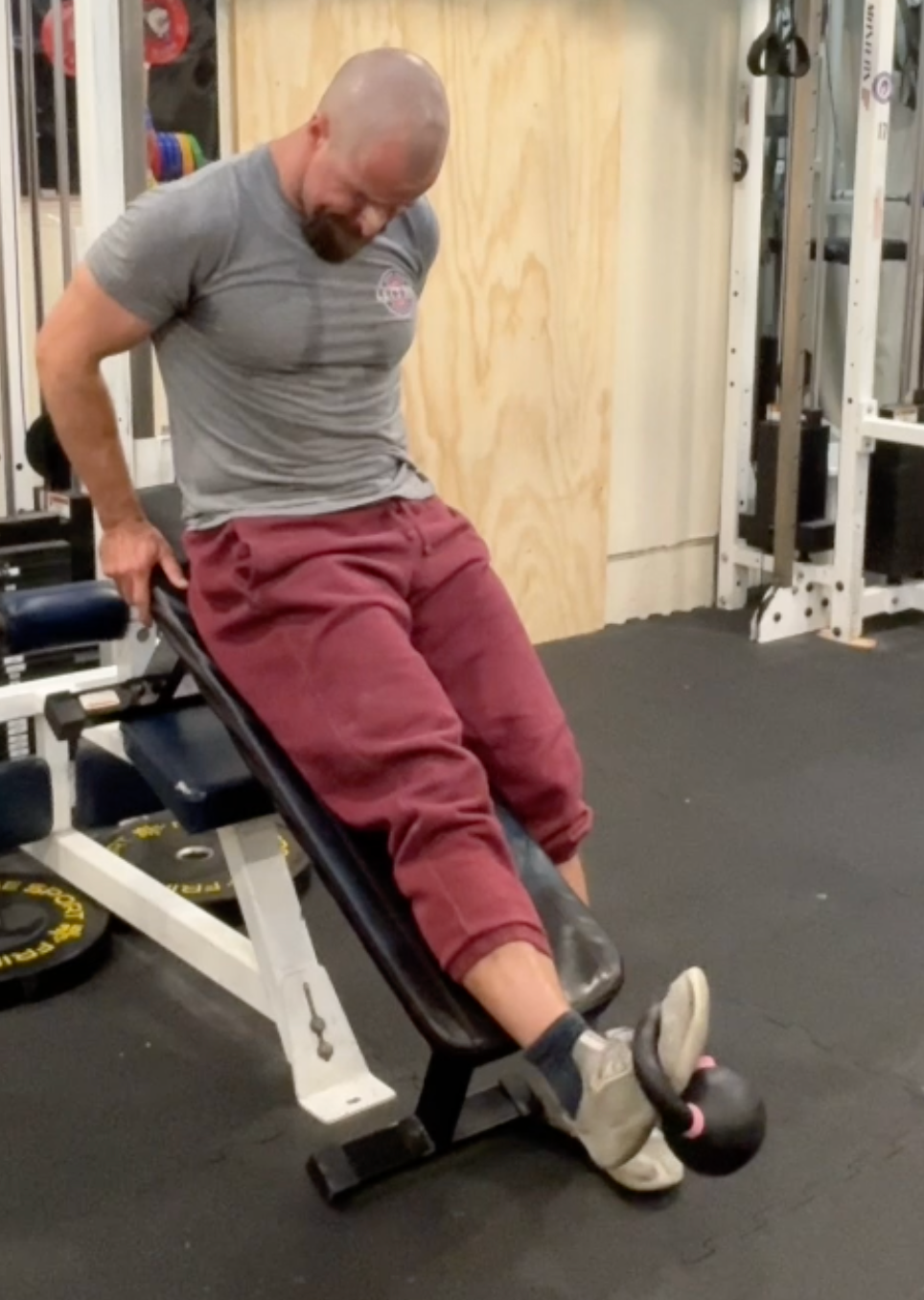
When we think about mobility and strength, ankle work often gets overlooked. Most people focus on squats, deadlifts, and other big lifts — but your ankles are the foundation for almost every movement you perform. That’s where loaded ankle circles come in. What Are Loaded Ankle Circles? Ankle circles are simple: rotate your ankle in controlled circles. Adding load — whether it’s a dumbbell, kettlebell, or band resistance — increases the challenge and stimulates the muscles, tendons, and ligaments around the joint. This transforms a basic mobility drill into a powerful stability and strength tool. Why You Should Include Them Strength Around the Joint The ankle is small but complex, relying on numerous muscles to stabilize it during movement. Loading ankle circles strengthens these muscles, improving joint support in all directions — forward, backward, and side-to-side. Improved Range of Motion Weighted circles encourage controlled mobility. Over time, they can help restore or expand ankle flexibility, which is crucial for deep squats, lunges, and dynamic athletic movements. Better Performance in Bigger Lifts Strong, mobile ankles create a stable base for compound lifts. If your ankles are stiff or weak, it can affect your squat depth, deadlift mechanics, or even running form. Loaded ankle circles help transfer strength from your feet all the way up your kinetic chain. Injury Prevention By reinforcing the joint and surrounding tissues, loaded ankle circles reduce the risk of sprains, strains, and overuse injuries. They prepare the ankle to handle unexpected stresses during athletic movements or daily activities. How to Perform Loaded Ankle Circles Sit or stand with a light weight resting on your foot (kettlebell, dumbbell, or ankle weight). Move your ankle slowly in controlled circles — clockwise and counterclockwise. Focus on control and full range of motion rather than speed. Start with 10–15 circles each direction, gradually increasing weight as strength and stability improve. The Takeaway Ankles may be small, but they are a critical piece of your movement foundation. Loaded ankle circles combine mobility, strength, and joint health in a single, simple movement. Incorporating them into your routine can improve performance, reduce injury risk, and keep you moving efficiently for years to come.

